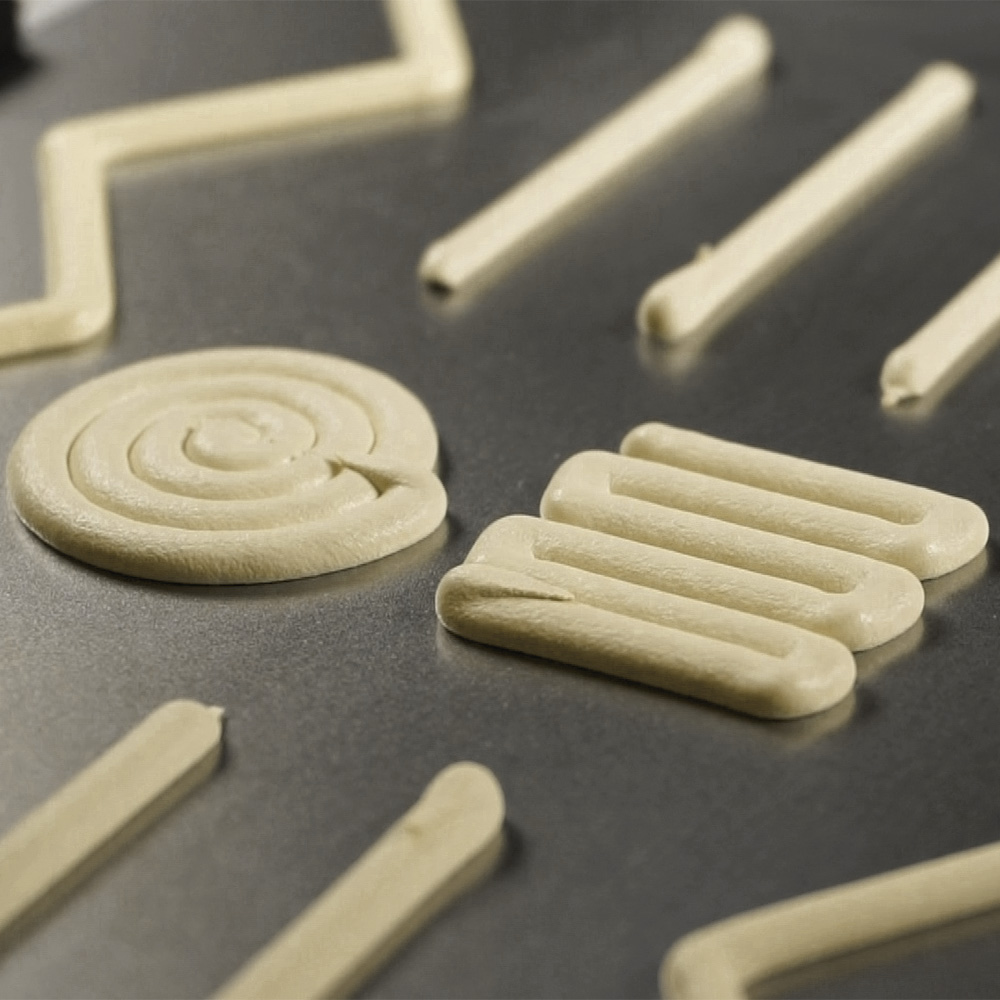
CASE STUDY
NON-SILICONE THERMAL INTERFACE MATERIAL FOR ADAS CAMERA MODULE ASSEMBLY
A global automotive supplier required a high performing, non-silicone based and highly conformable thermal interface material for an automotive ADAS camera module.
CUSTOMER CHALLENGE
Semiconductor image sensors and chips within an automotive camera assembly are prime examples of how increased board densities and higher functioning, smaller form factor components are further necessitating better heat dissipation efforts.
In its design of a multi-function camera vision system, a global manufacturer of automotive camera systems has placed a camera sensor module with a printed circuit board near where there is an embedded chip emitting heat during power cycles.
As the camera lens is in proximity to the PCB, the concern of silicone contamination heightened the specification of the thermal interface material that is necessary to help dissipate the heat.
The thermal material required will have to be non-silicone based and comply with Paint-Wetting Impairment Substances (PWIS) automotive standards. While there are non-silicone thermal gap pads available, due to the high-volume production of the camera assembly, pads were not a feasible option, as only a dispensable thermal material could meet the necessary throughput requirements.
DESIGN REQUIREMENTS
- Dispensable material that is highly conformable with a low compression force
- Non silicone-based binder to eliminate factory and assembly silicone contamination
- Material with no post curing, speeding manufacturing processes
- Easily dispensed onto targeted area(s)
- Must be visible to optical cameras
- Thermal conductivity with at least 2 W/m-K
- Long term reliability and durability
SOLUTION
Application engineers at Parker Chomerics worked with a model of the automotive camera assembly component to determine the ideal material performance and durometer required within the design specifications.
A finite element analysis (FEA) simulation was conducted to predict the reacting force of the thermal material during and after its installation to the targeted location to ensure it would not cause deformation and/or damage to the PCB/IC during and after assembly.
With the silicone-free requirement from the customer, it was determined that Parker Chomerics THERM-A-GAP GEL 25NS met and even exceeded the customer’s requirements.

THERM-A-GAP GEL 25NS dispensed into common patterns onto a substrate.
CONCLUSION
Parker Chomerics THERM-A-GAP GEL 25NS was the best thermal interface material for the camera assembly. THERM-A-GAP GEL 25NS is a non-silicone based, one component, cross-linked fully cured thermal interface material with minimal thermal resistance and high component reliability.
With a flow rate of 15 g/min, it is also extremely suitable for a high volume, automated assembly line where throughput is critical. The material has a bulk thermal conductivity of 2.5 W/m-K and is yellow in color which can be recognized by optical cameras on the assembly line.
The global automotive customer is very pleased with their selection of THERM-A-GAP GEL 25NS and appreciated the engineering and services Parker Chomerics to help make the project a success.
START NOW, GET A QUOTE
Interested in Parker Chomerics THERM-A-GAP GEL 25NS? Click below to get a quote now!
Sign up for the Parker Chomerics monthly newsletter and keep up to date on everything Chomerics.
By signing up, you'll be the first to know:
- New product releases
- Updated support documentation and articles
- Existing product notifications
- The latest white papers, videos, and much more!

Parker Hannifin Chomerics Division
77 Dragon Ct., Woburn, MA 01801
781-935-4850
